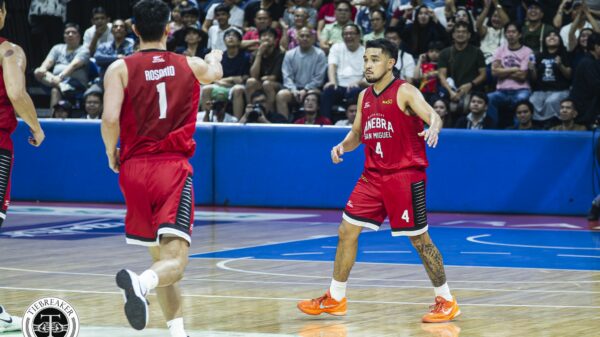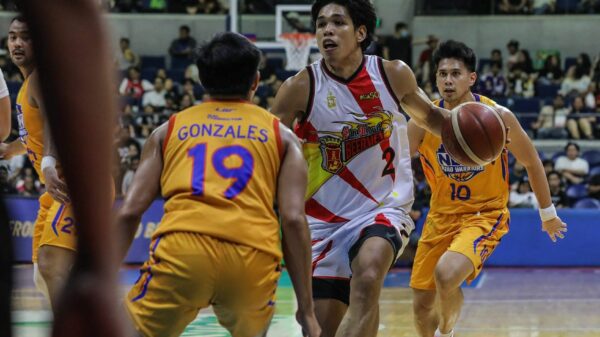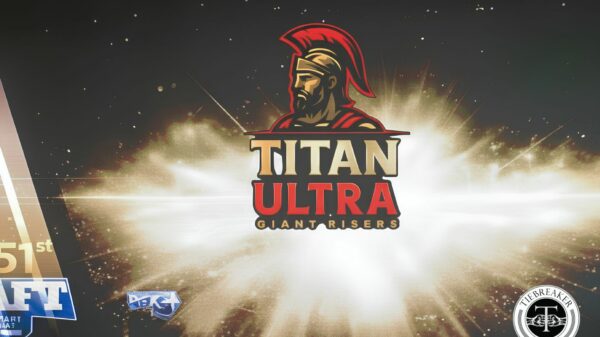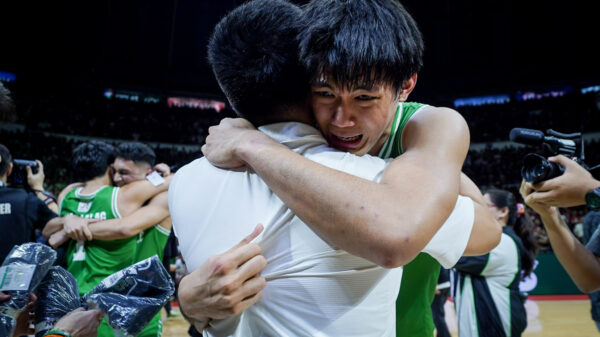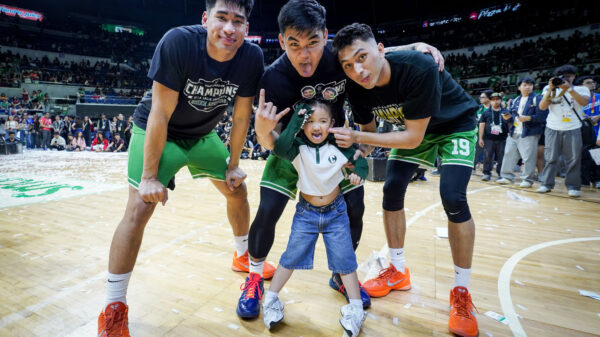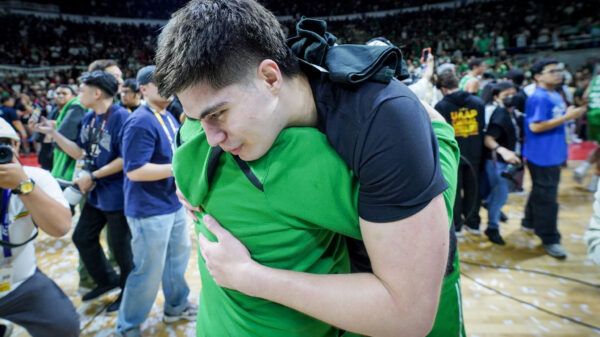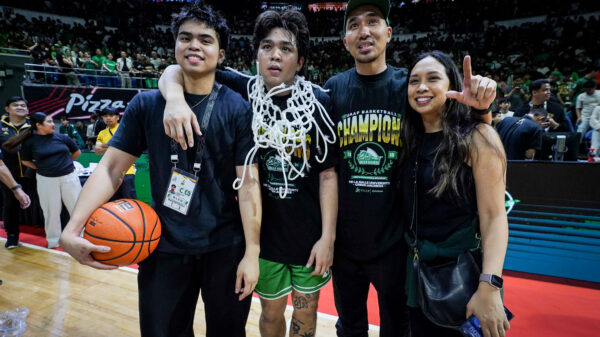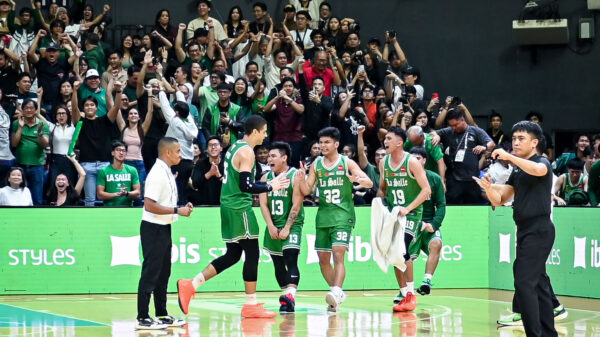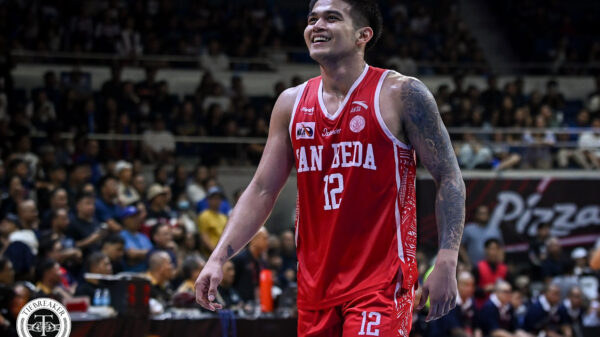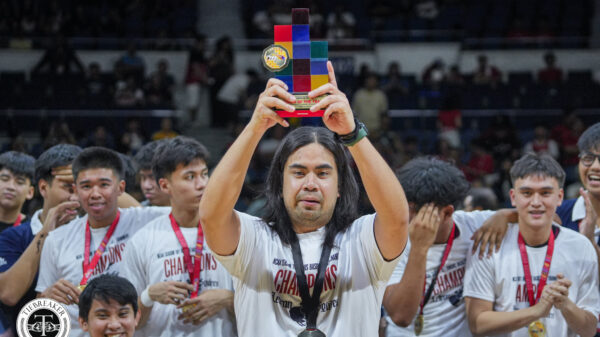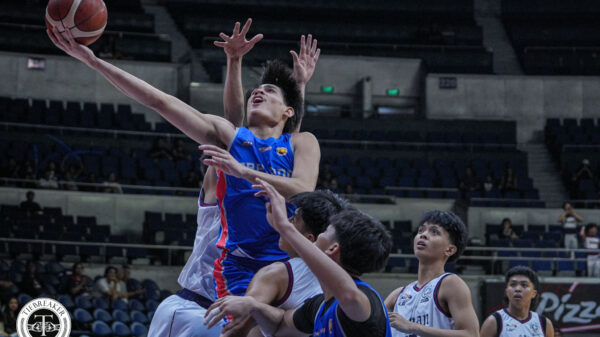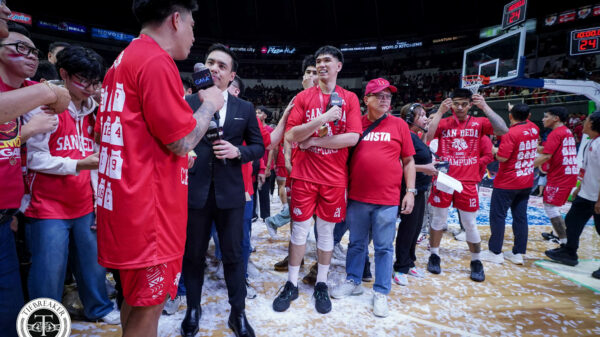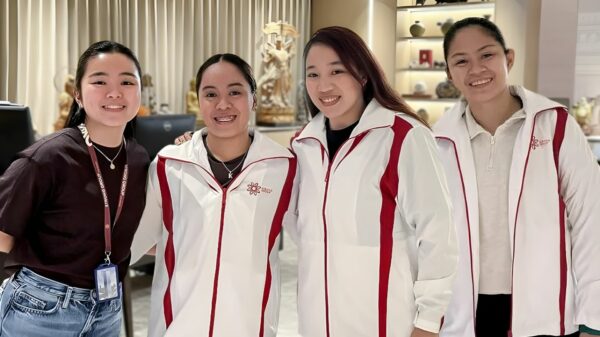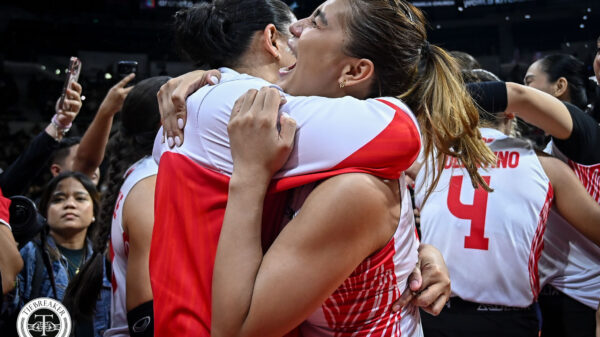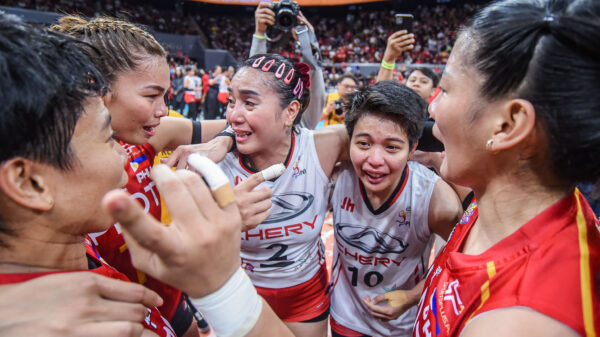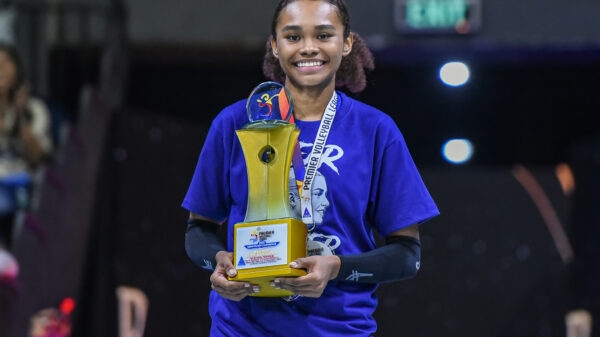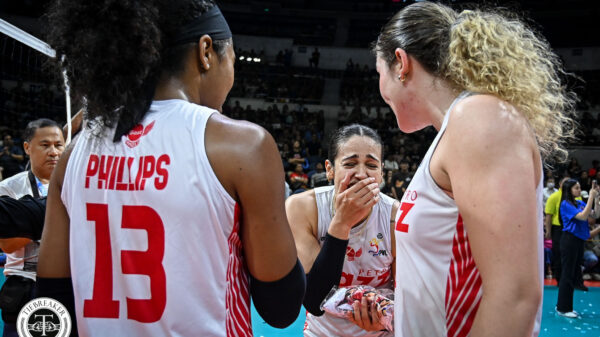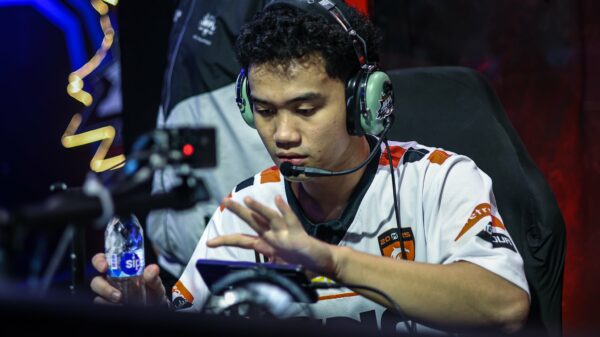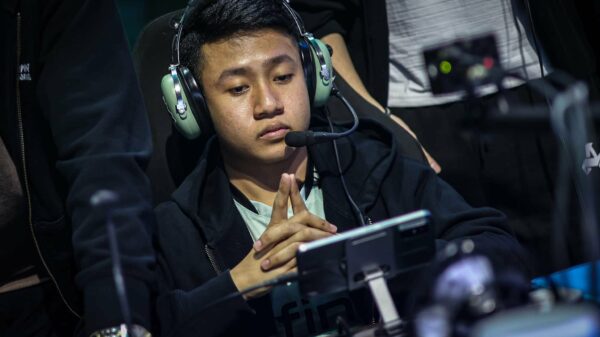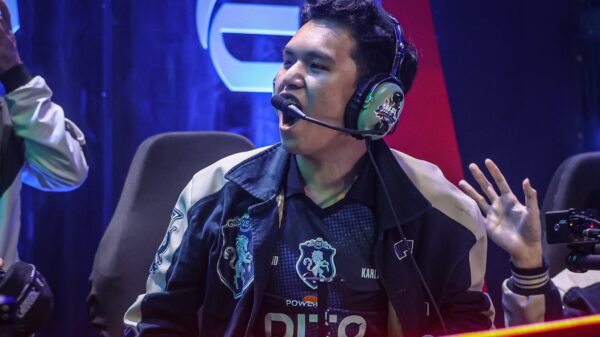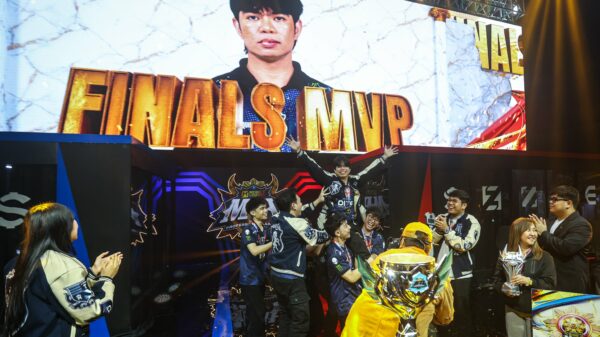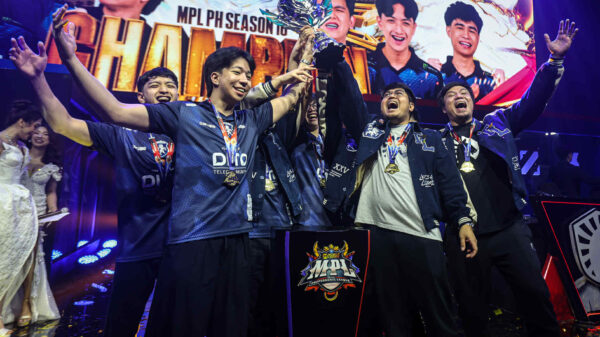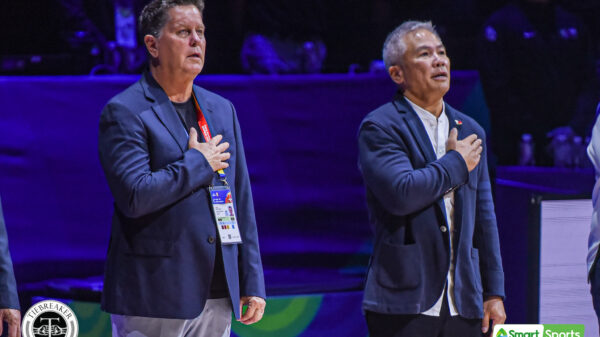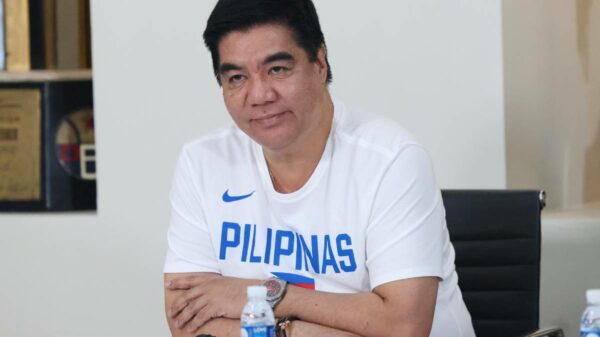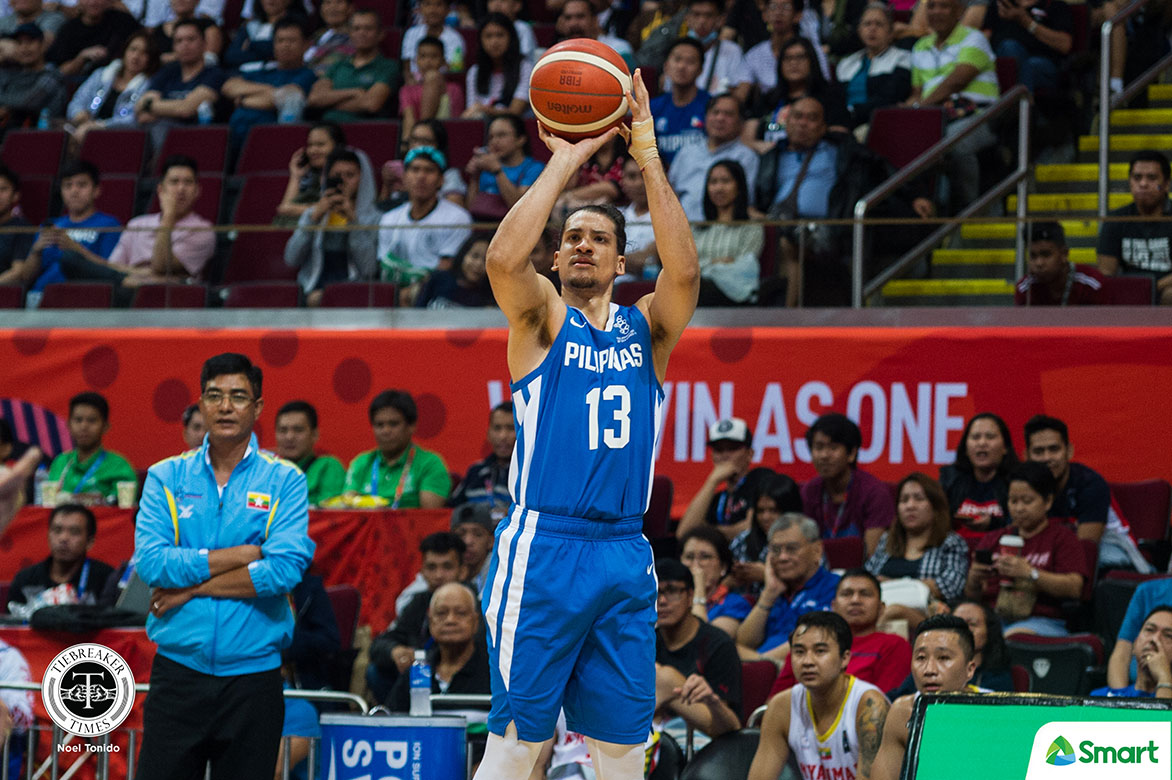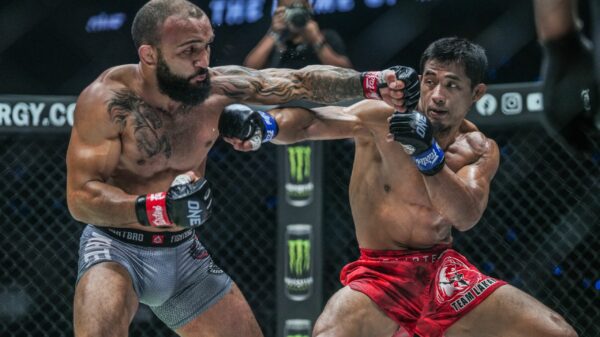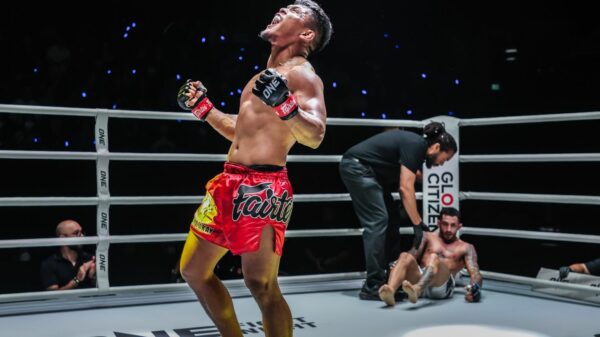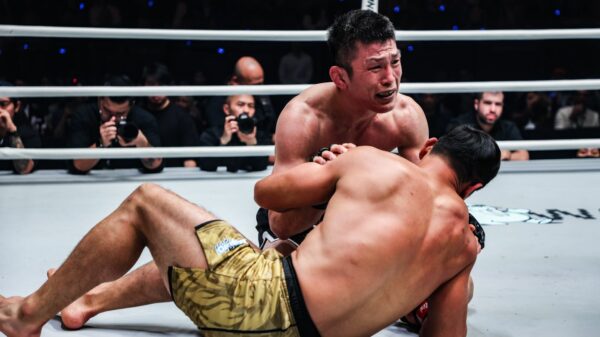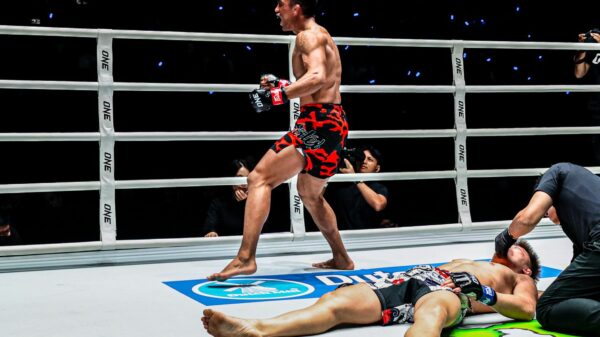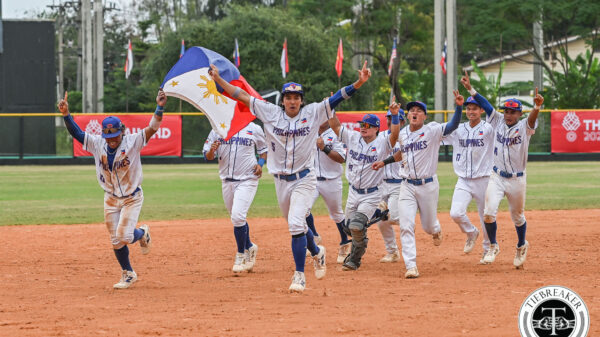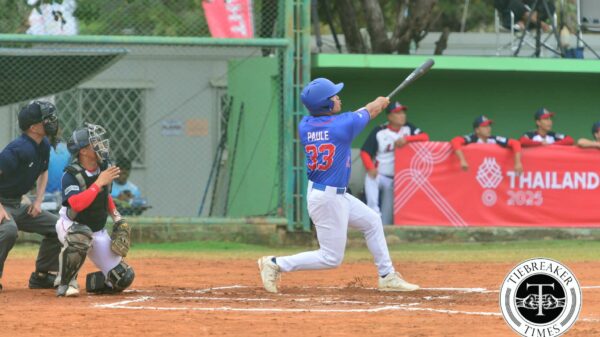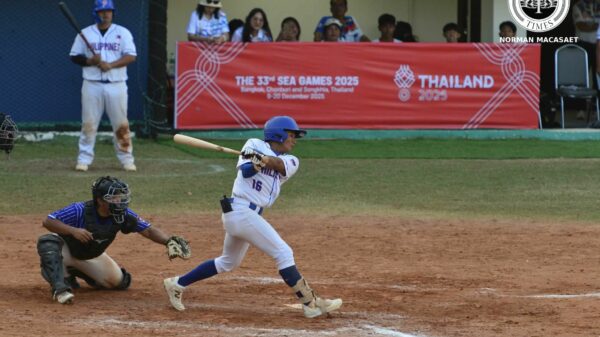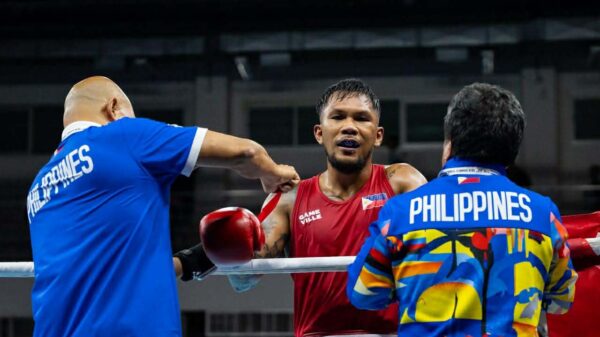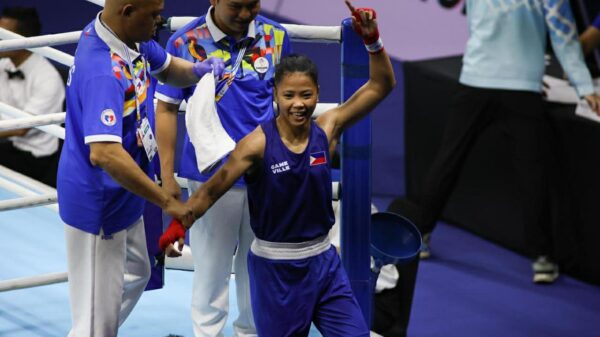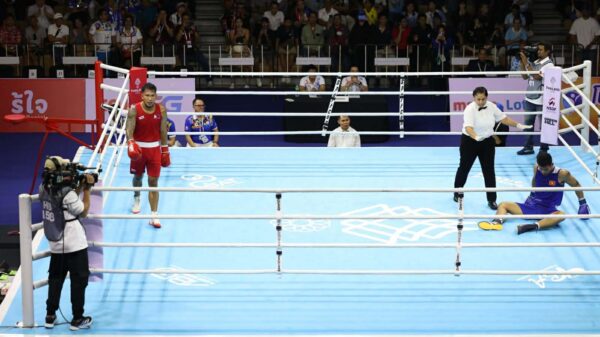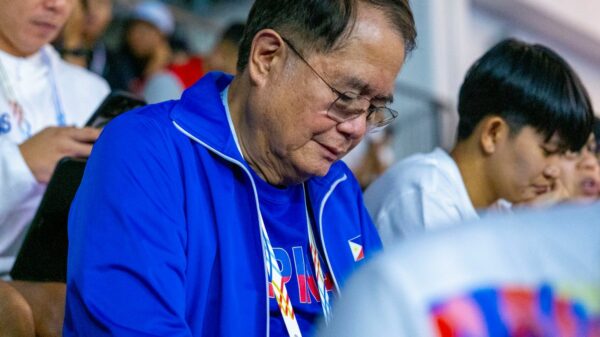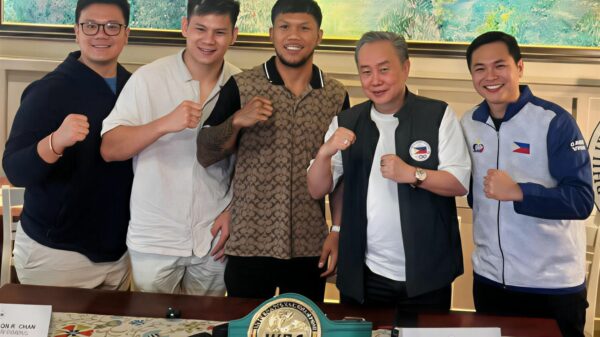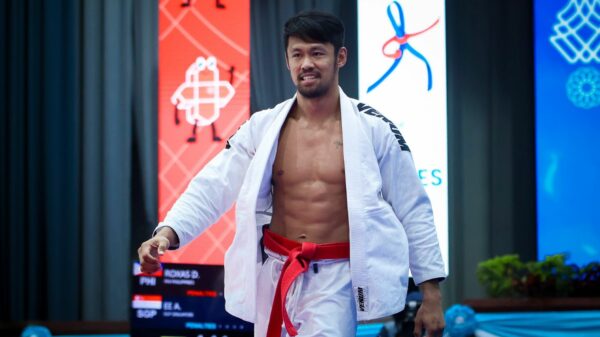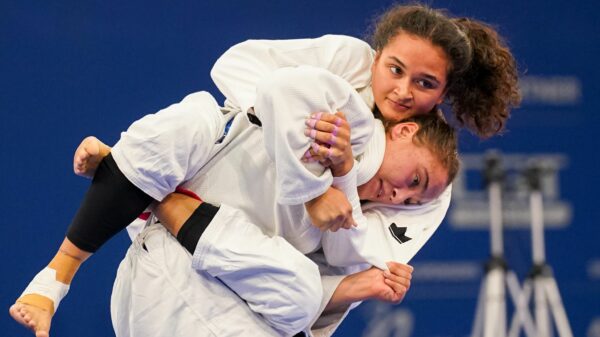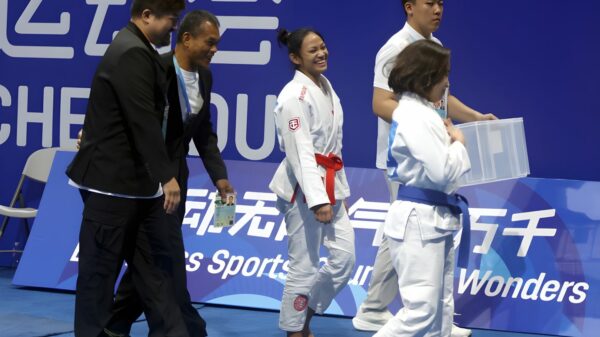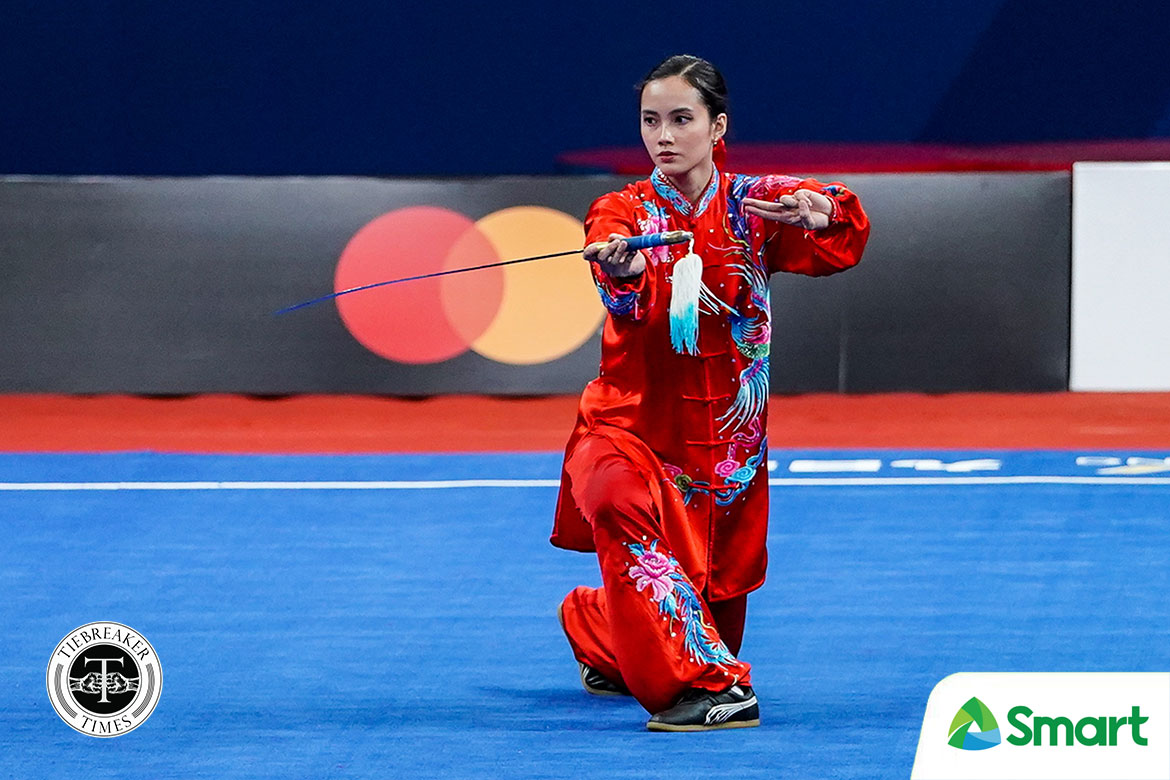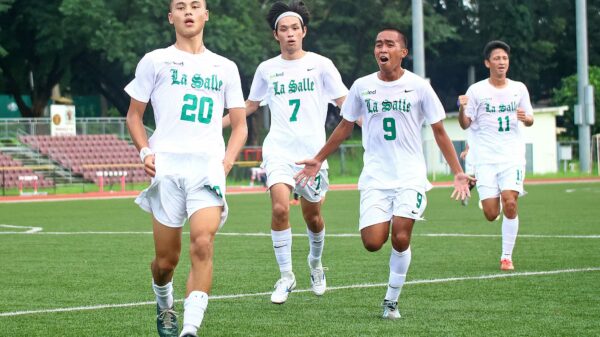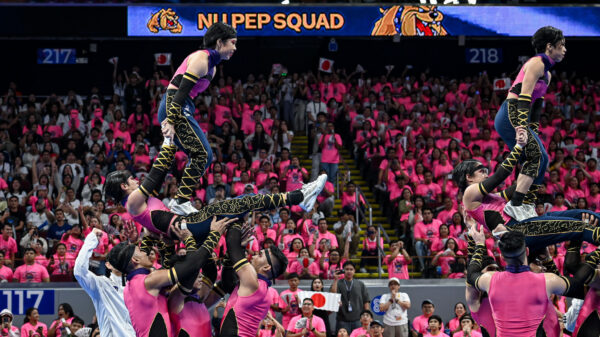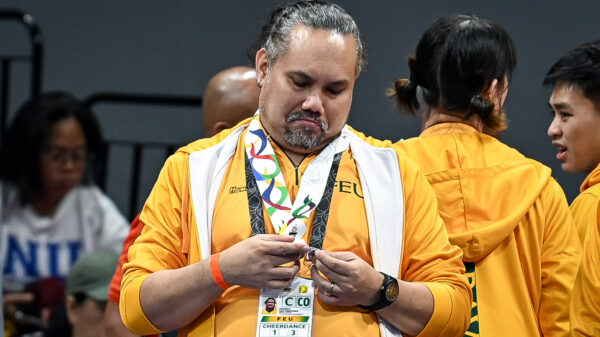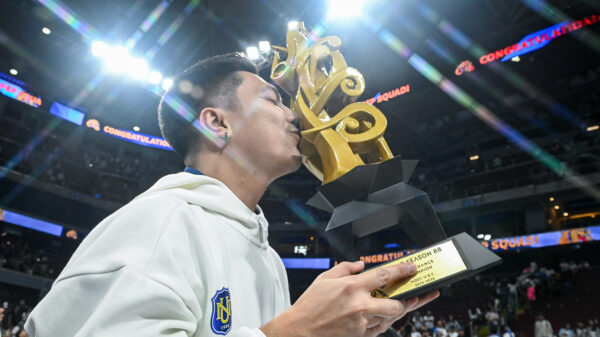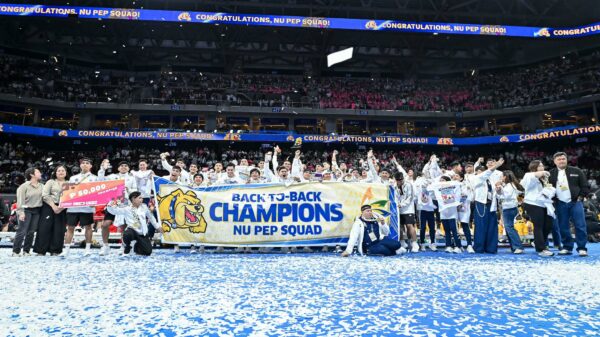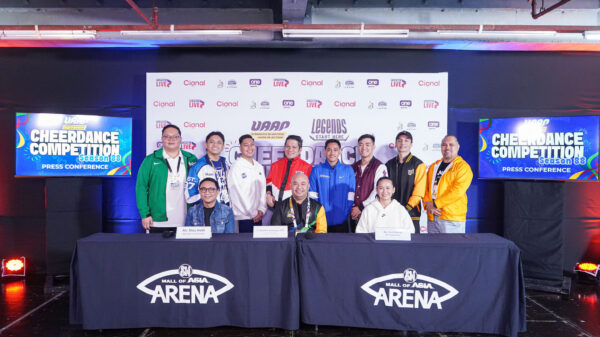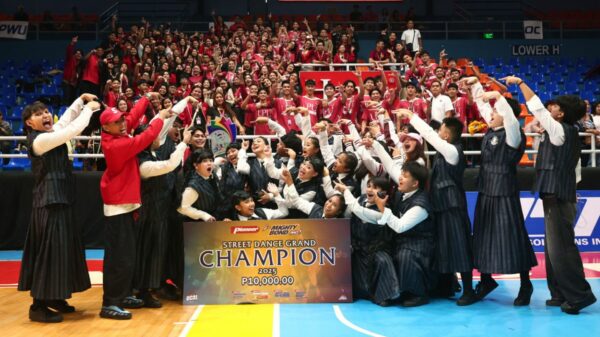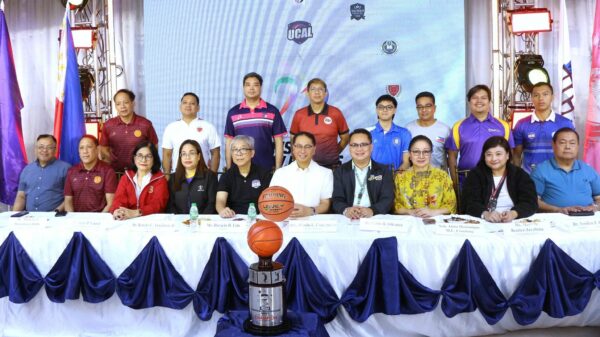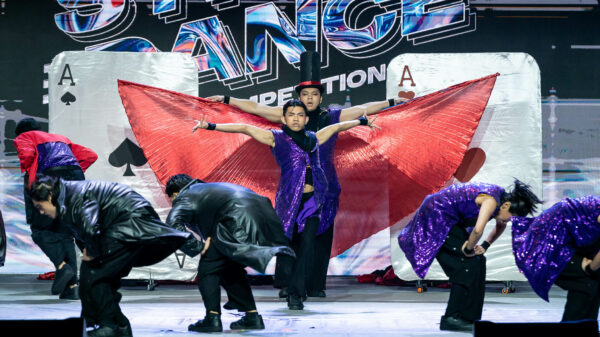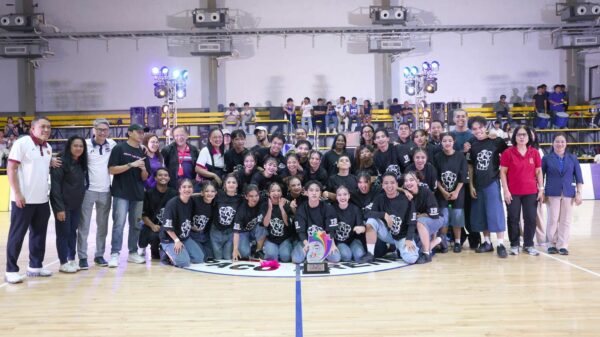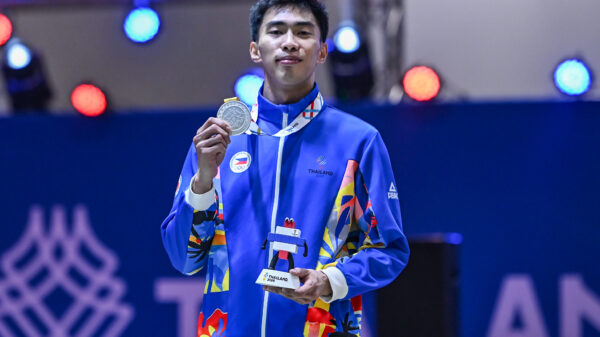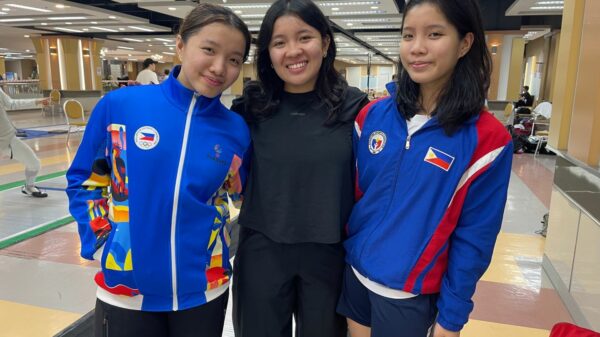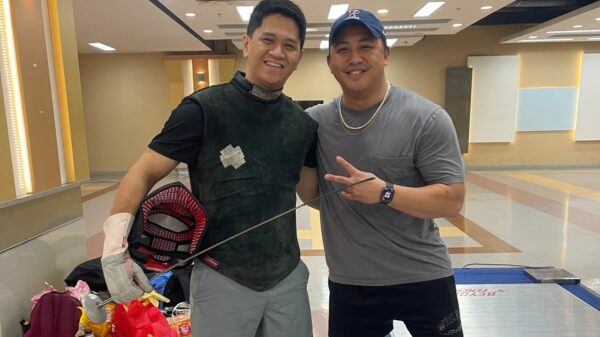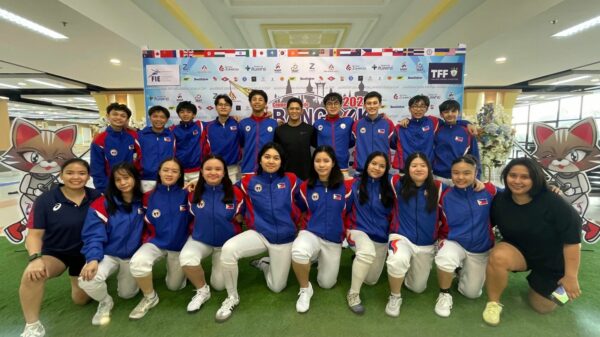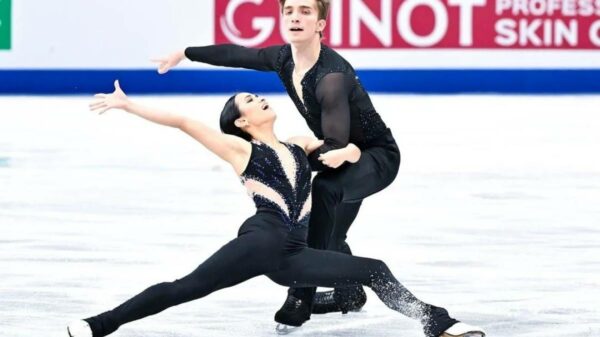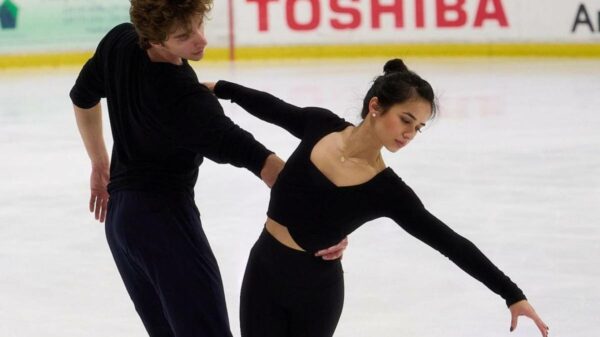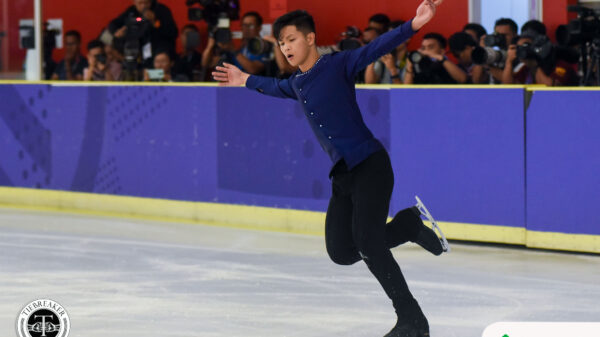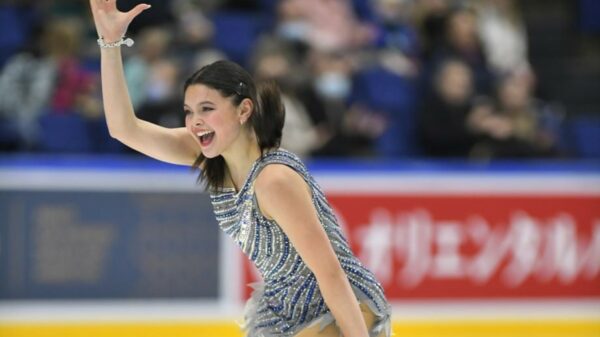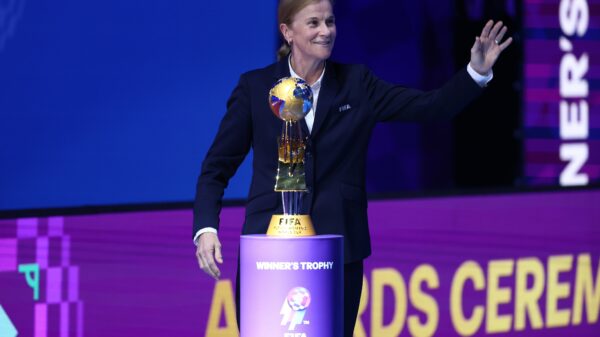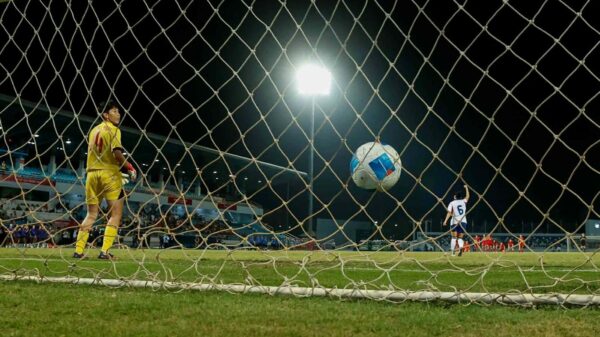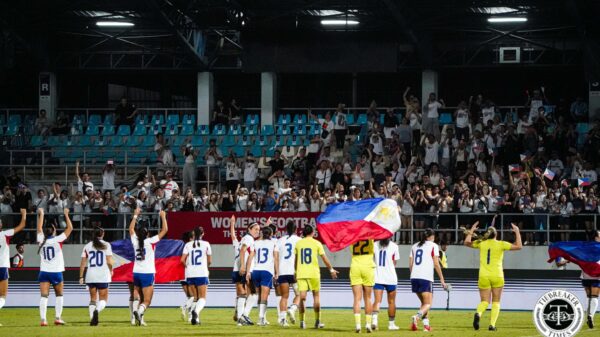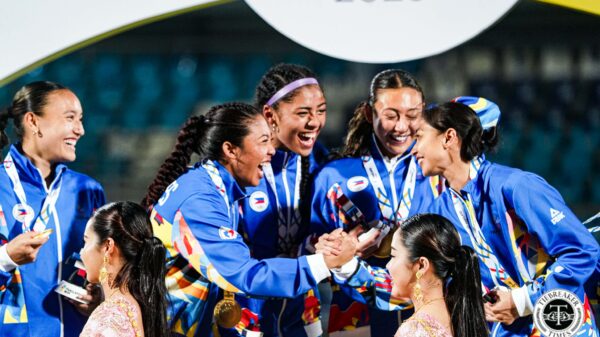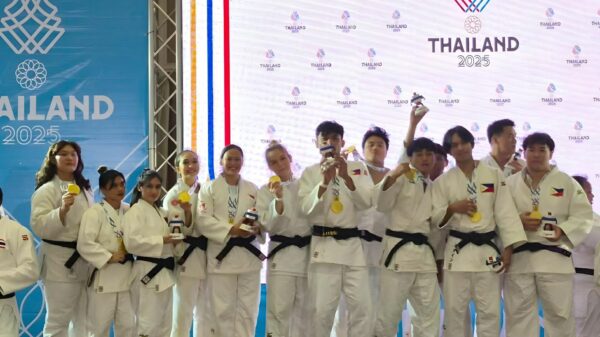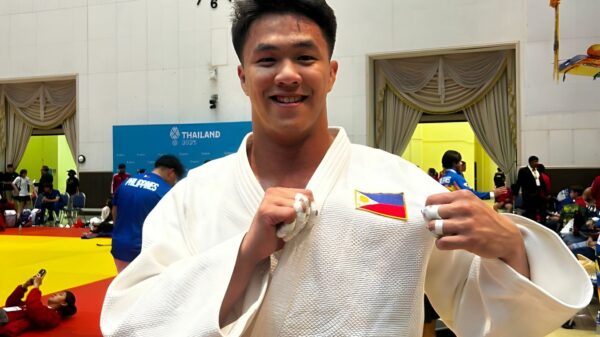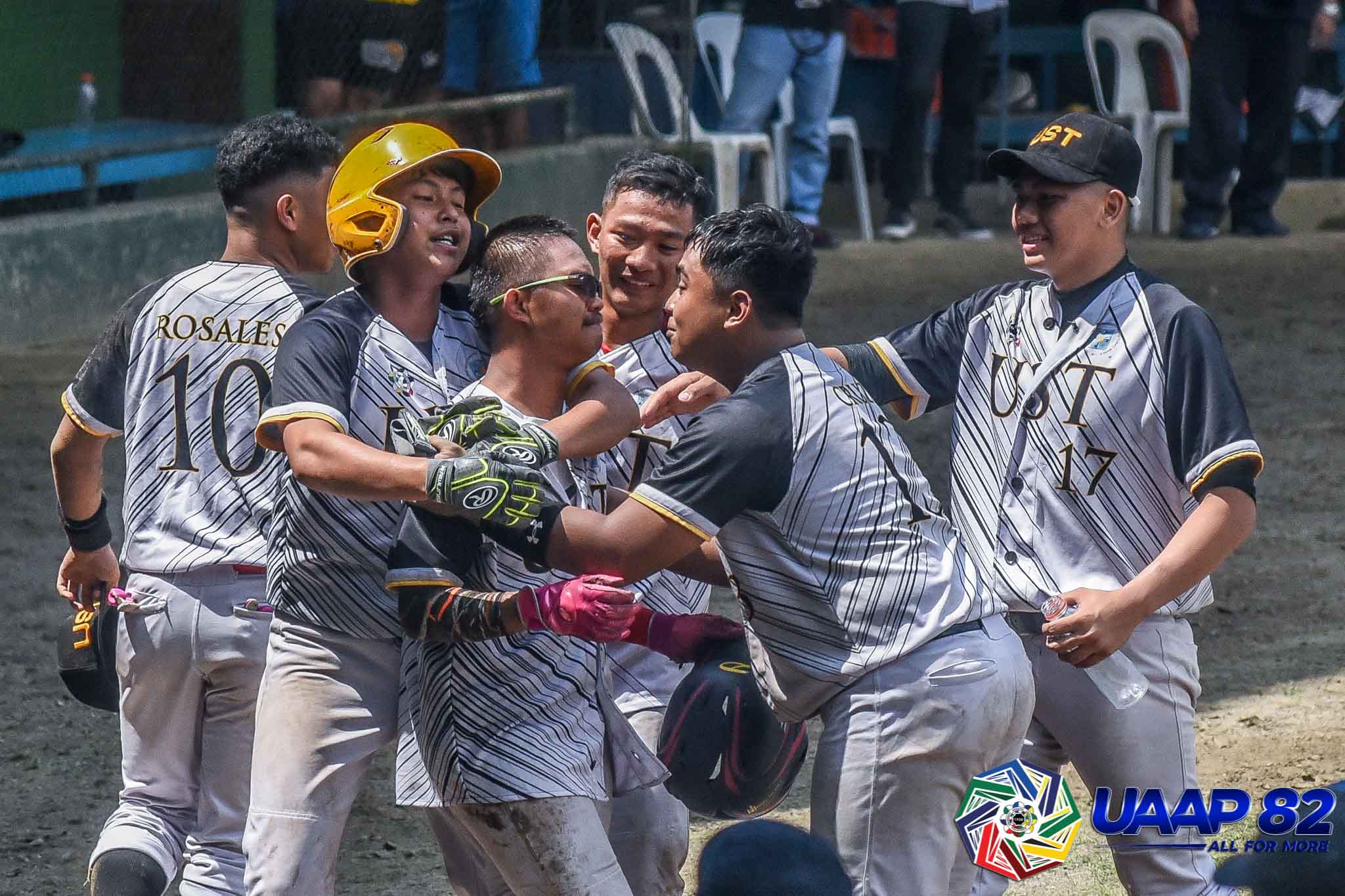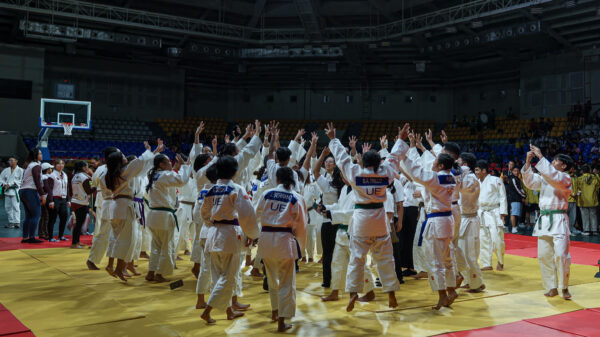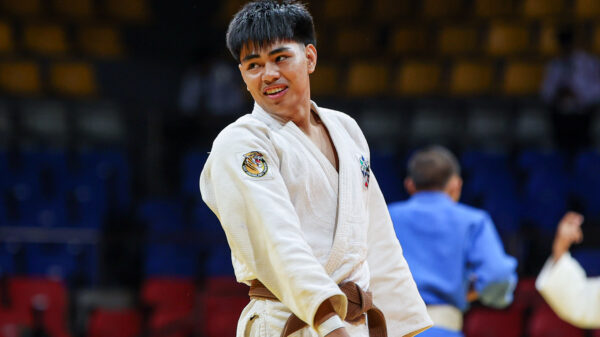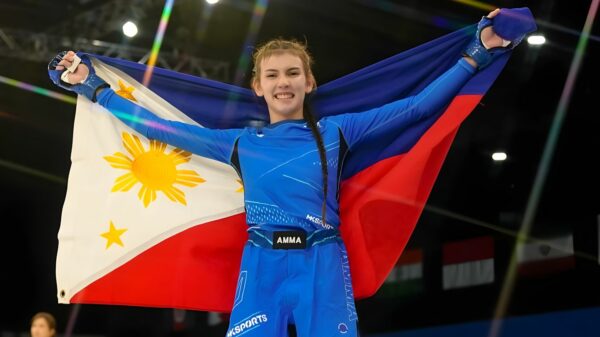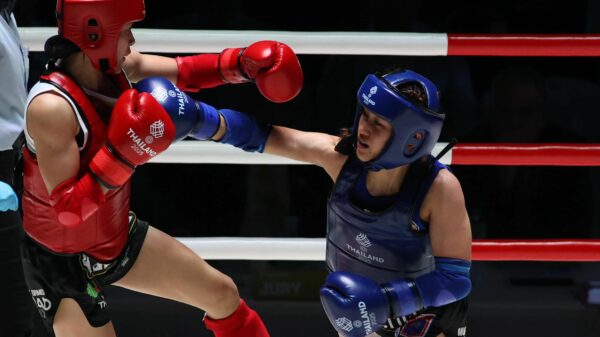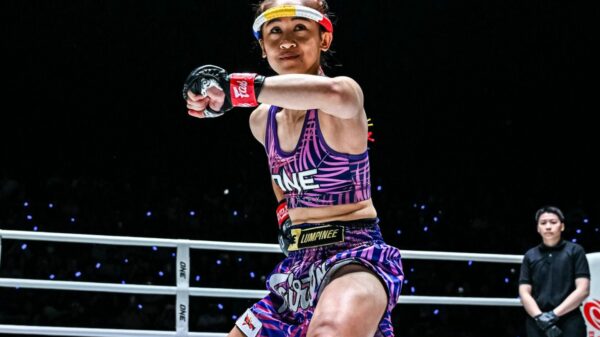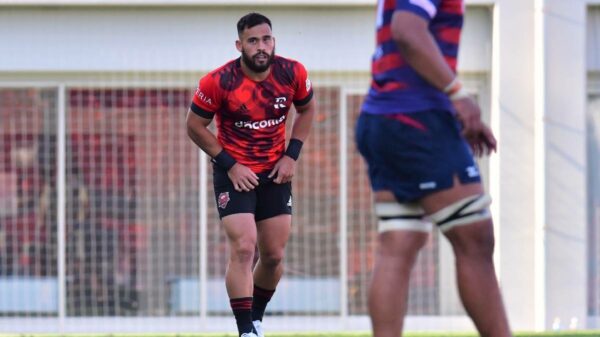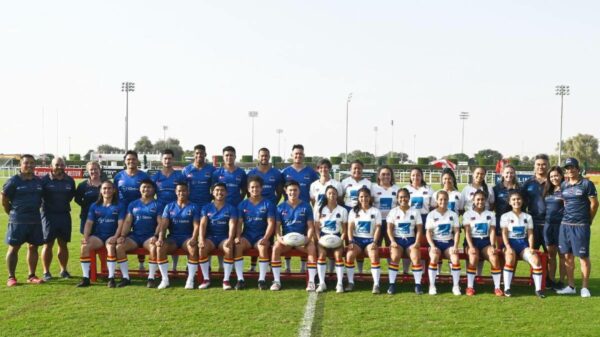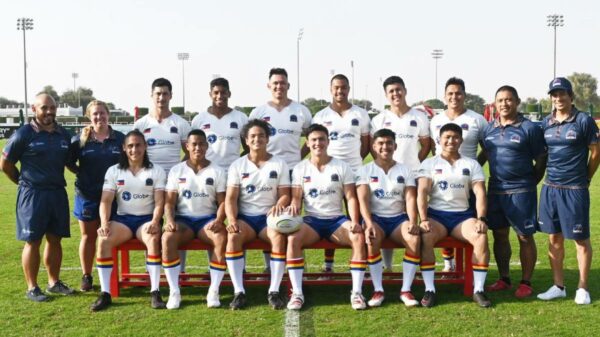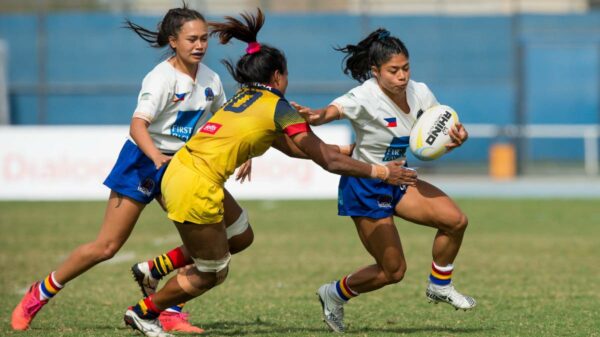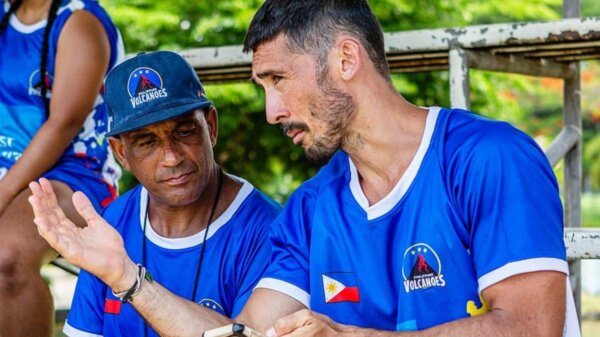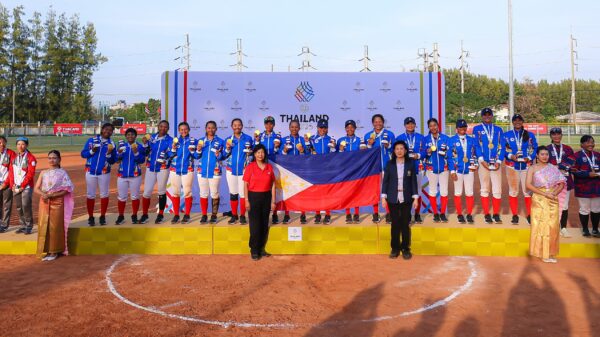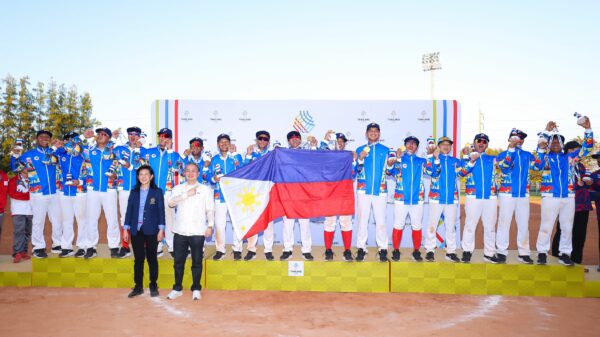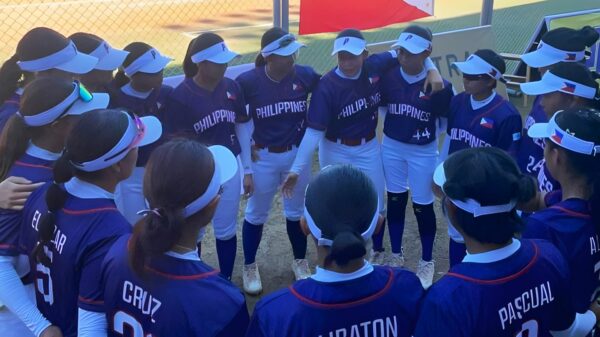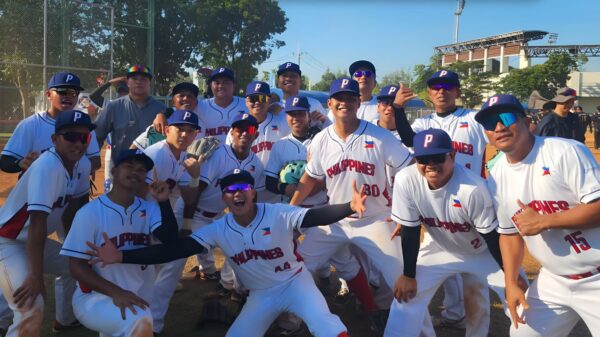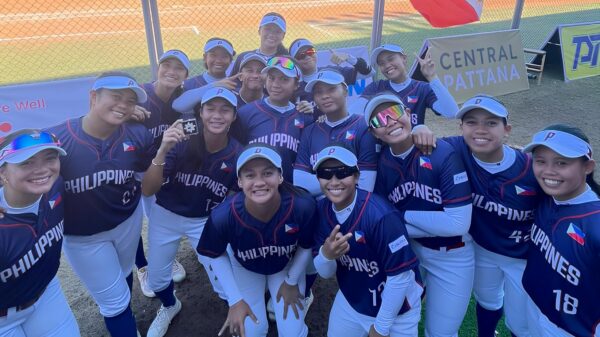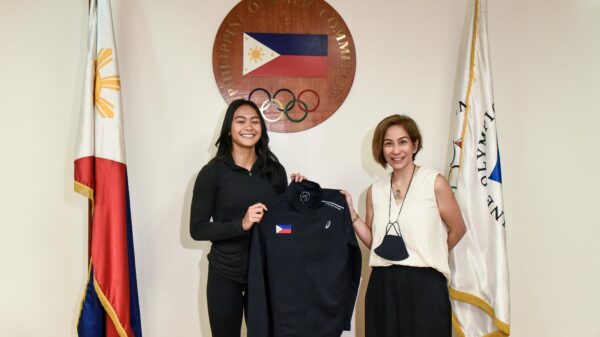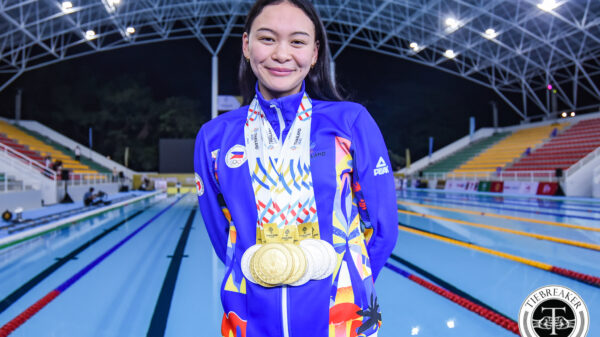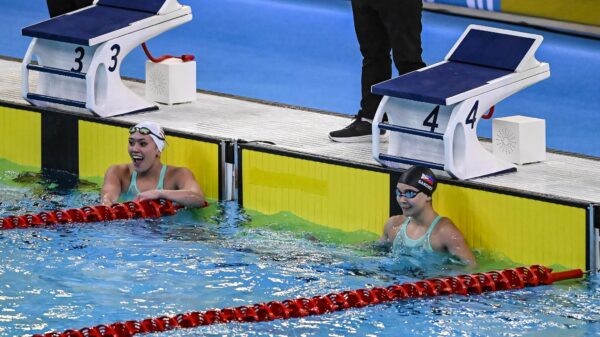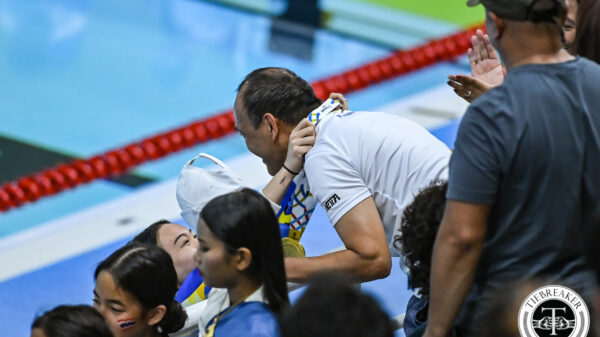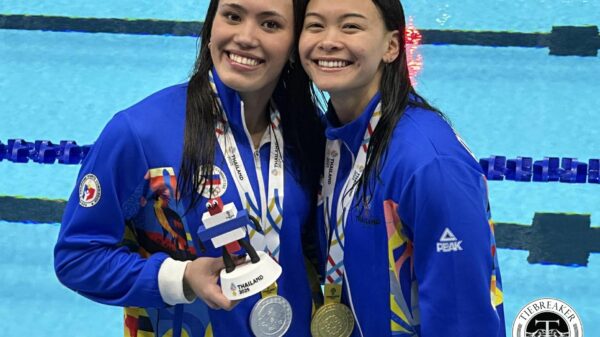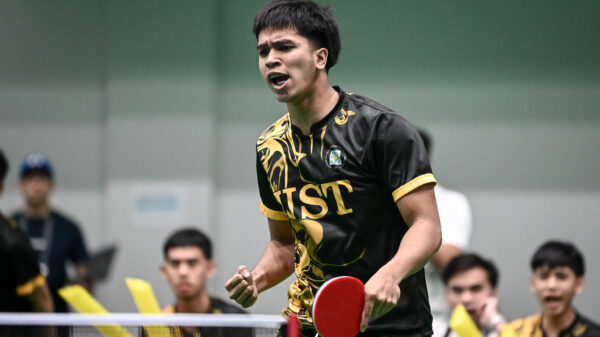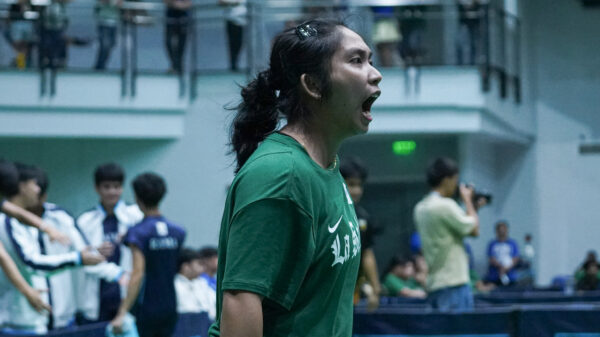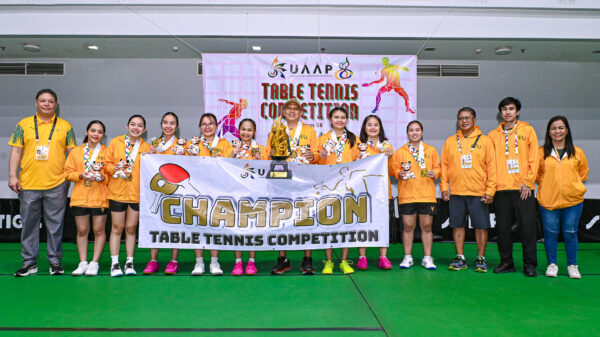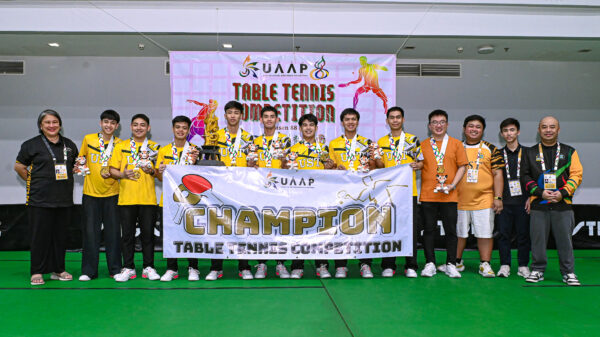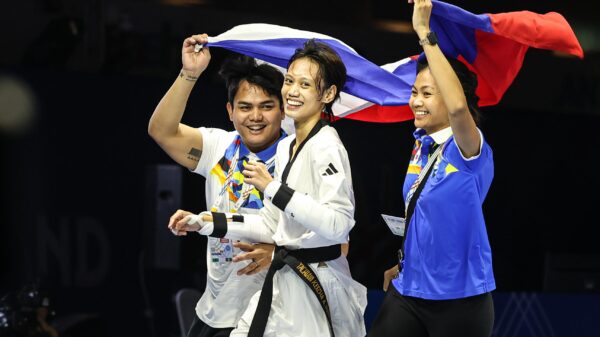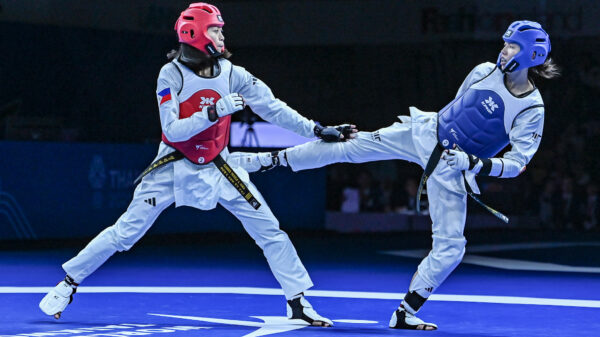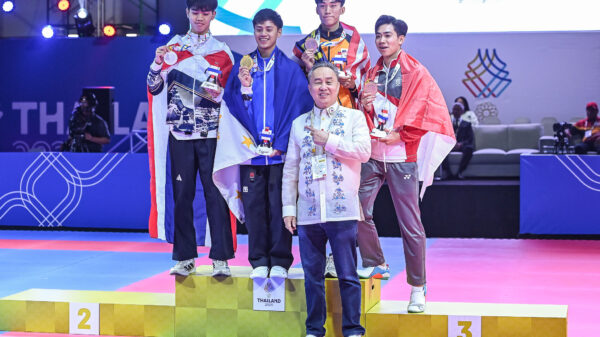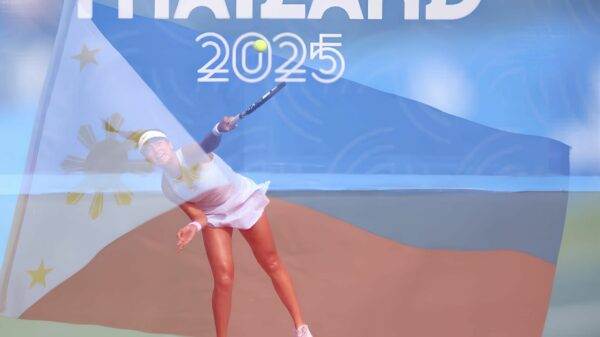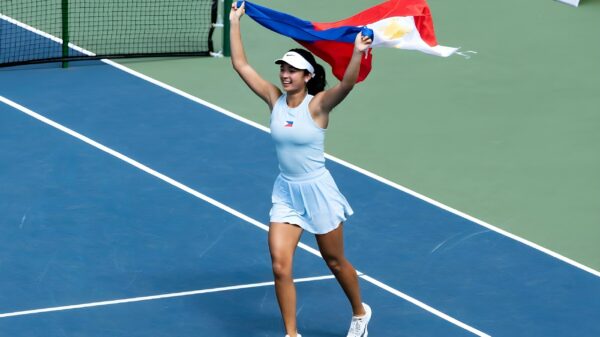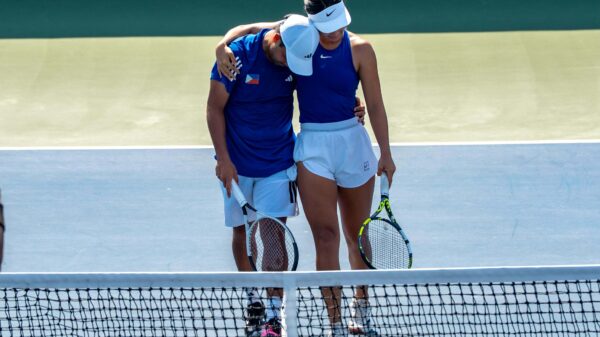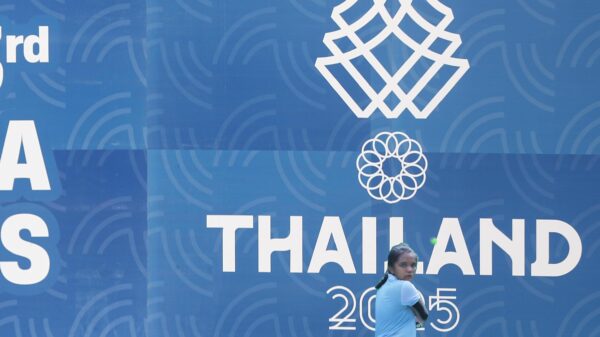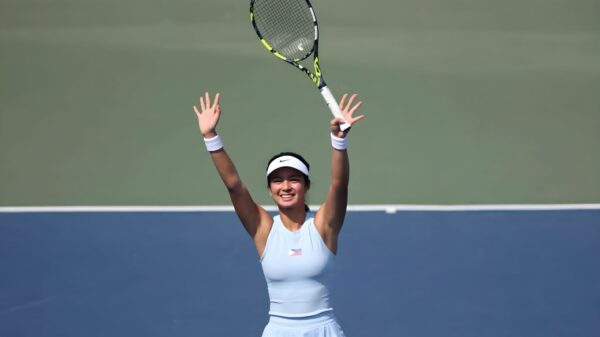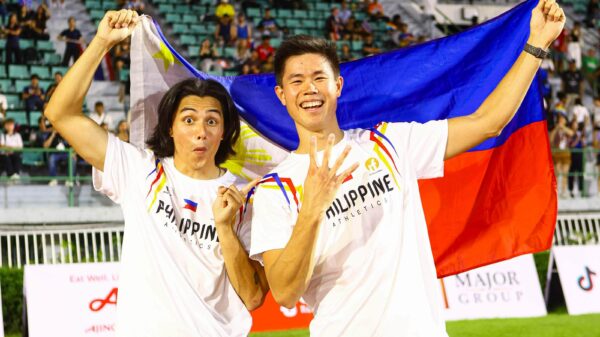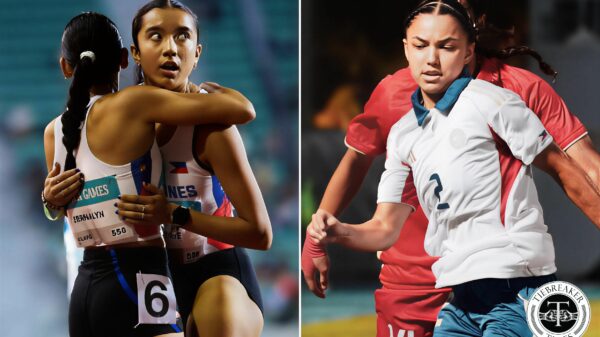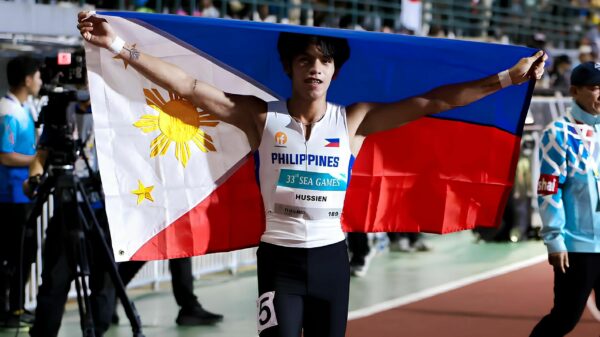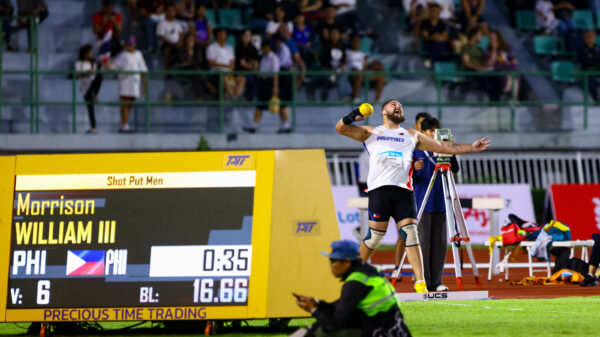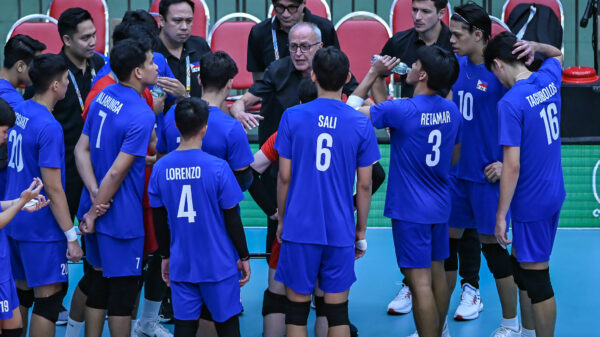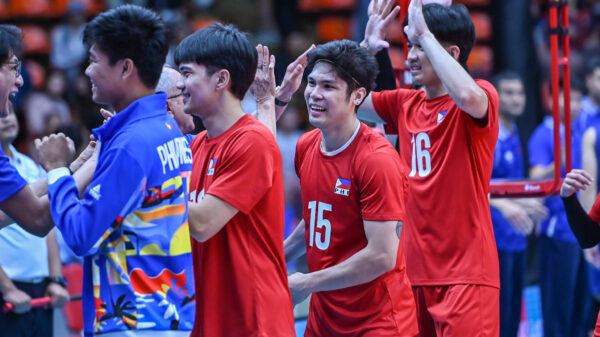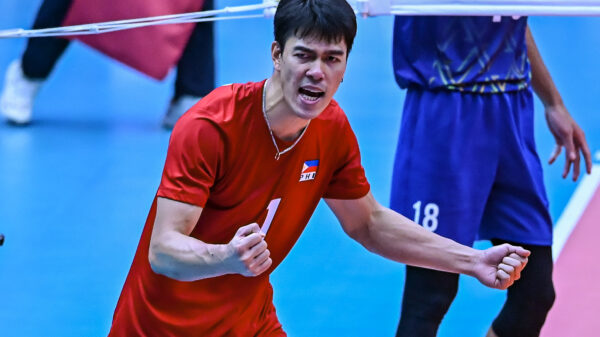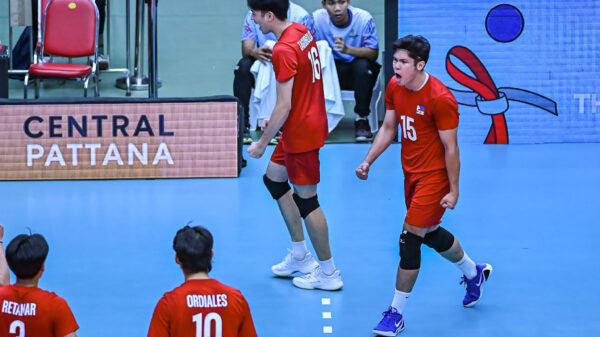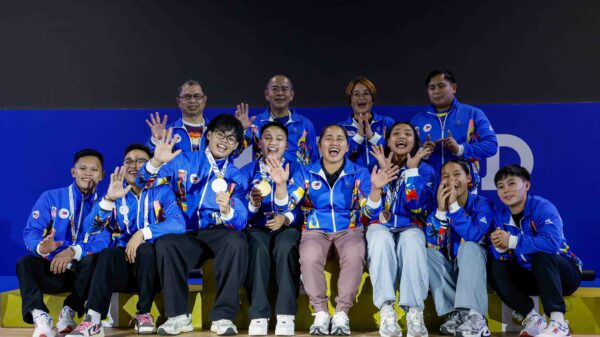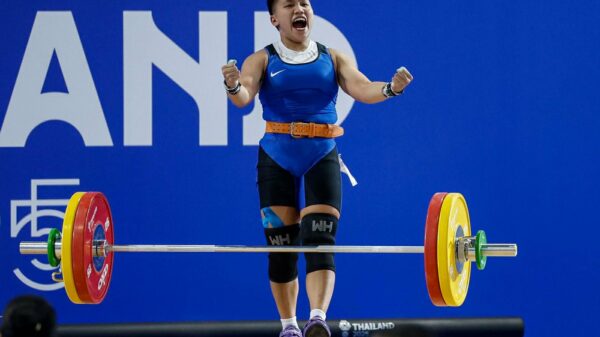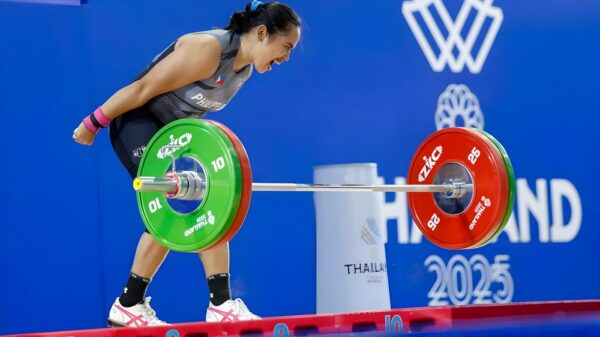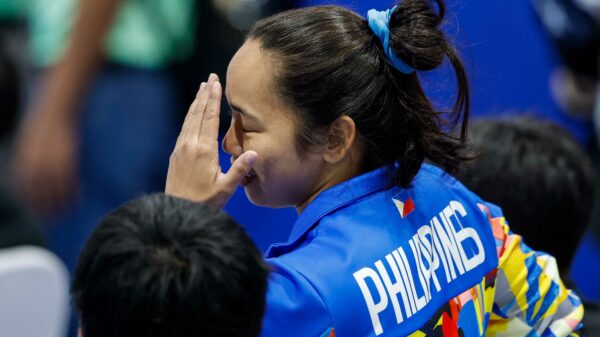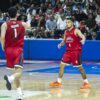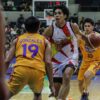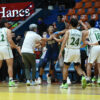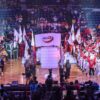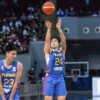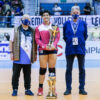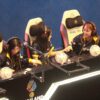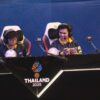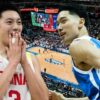The story of the first two games of the Alaska-Star PBA Governors’ Cup semi-final was how the Aces were able to force — subconsciously or not — the Hotshots to play small to match up with the Aces’ undersized yet dangerous unit on the floor.
For stretches, the series has seen Marqus Blakely play the four and was surrounded by wing guys like Alex Mallari and PJ Simon, and a backcourt guy like Mark Barroca. But those rosters did not work against the Aces in the first two outings, as they were quick enough to switch on ball screens and rotate to challenge shots.
In the first two games, Alaska outrebounded Star by an average of 13.5 boards.
“Actually nakita namin ng first game [they went small], pero knowing Coach Tim [Cone], he would make an adjustment pero magiging minor lang given the rest allowed. ‘Yung team defense namin, we practice individually. Our main focus is stopping Marqus Blakely,” Alaska assistant coach Louie Alas said.
In Game 3 Sunday, Star finally went back to its big lineup to shut down Alaska with size. Blakely was joined by Yousef Taha, Marc Pingris, James Yap, and Joe Devance. It came against a diminutive Alaska unit which quickly went on a zone defense, although Star controlled the boards and the first half, 46-37.
“We talked about going into this game, there is going to be adversity. That is a champion team and they shocked me with their starting lineup that was effective. With their versatility they went super big ball against a small ball. They went huge and that caused us problems,” Compton said after Game 3.
Then came an adjustment from the Aces that turned the tables on the Hotshots: Compton fielded in an equally big line-up that only had JVee Casio as the natural backcourt player. Romeo Travis, Sonny Thoss, and Calvin Abueva played the frontcourt positions while Rome Dela Rosa slid to the two spot.
Although the unit looked on paper like it did not have much shooting aside from Casio, the combination was still respected by the defense as any of the three forwards (Dela Rosa, Abueva, Travis) are able to beat opponents using straight line drives or one-on-one plays; Thoss is an excellent back-to-basket player, while Casio has a penchant for draining threes. Thus, space was not sacrificed.
The said unit carried Alaska back, and tied the match at 56-all late in the third period. It continued in the fourth with Vic Manuel in the place of Thoss, and the unit made it difficult for the Hotshots to penetrate and score inside the paint.
The five on the floor were able to match better and switch on ball screens without sacrificing size. Casio was the only guy with a mismatch against Yap, although he stood his ground.
“We went big in the third to match up with their bigs. We had to do something new. It was a calculated risk and if we stayed small against them, it was really going to cause us problems,” Compton bared.
“My guess is because we won the rebounding in both two games significantly, they felt they had to dominate the glass but we matched up with them and went big.”
Alaska finished once again outrebounding Star, 43-39 while shutting the latter down to only 31 points in the second half and 12 points in the fourth quarter.
Abueva, Travis, and Manuel secured the rebounds in the payoff period; the Aces also prevented the Hotshots from shooting well from the outside (6-for-21) as they switched ball screens.
In a Titanic duel between the two best coaches in the country, Compton won slightly when it comes to the player match-ups, as he won three straight games by putting the right combinations on the floor.
“Our job as coaches is to prioritize the possible adjustments and quickly review in a walk-through what the opponent will do. They caught us off-guard completely. It is going to be the players’ ability to adjust and do things never done before. We had to because they were huge.”
*Photo from PBA Images


